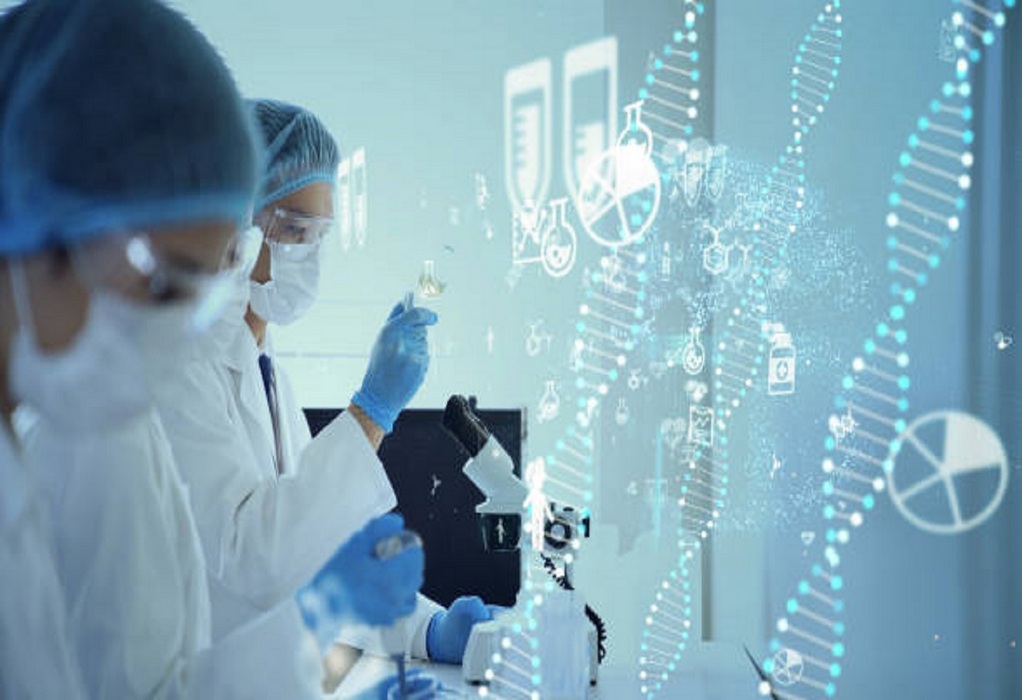Indian Scientists have developed a unique way to produce 99.99% pure hydrogen fuel from methanol-water mixture—which uses only one-third of the electricity required in water electrolysis.
The Indian scientists developed a Polymer Electrolyte Membrane (PEM) to produce hydrogen at a low temperature of 25-60 degrees Celsius through the ECRM process. The hydrogen thus produced is 99.99% pure and can be directly used in fuel cells to generate power of about 11-13 Kwatt, said a senior officer of the Ministry of Science and Technology here on Thursday.
The core components of the PEM-based ECMR electrolyser stack were fabricated indigenously and integrated with other components in the system. The electrolyser stack was fabricated using exfoliated graphite material as reactant flow field plate, the Ministry said.
The use of carbon materials as bipolar plates has been one of the significant achievements in replacing the titanium plates, which is otherwise normally used in electrolyser unit assembly, offering a conservative cost-benefit, the Ministry said.
Hydrogen is an environment friendly future fuel that would be an ideal sustainable energy carrier. Worldwide also, Hydrogen has been gaining attention due to its high specific energy value of 40 kWh/kg as compared to chemical fuels like gasoline, diesel, liquid petroleum gas (12-14 kWh/kg).
While water electrolysis and reformation of hydrocarbon like methane are common methods for the production of hydrogen, the Indian scientists at ARRI (International Advanced Research Centre for Powder Metallurgy & New Materials) in their newly developed method ECMR combined both the process of electrolysis and reformation to produce Hydrogen from methanol-water mixture at ambient temperature and pressure.
Though there are many ways of generating hydrogen fuel, the main advantage of this process is that the electrical energy needed to produce hydrogen is just 33 % of the energy used in the water electrolysis process, the Ministry said.
Secondly, the fuel produced through the process also does not require Hydrogen separation or purification steps as it is being well separated from CO2 by the polymer membrane used in the system.
The ARCI team has also developed an electrolysis unit of up to 5.0 kg/day capacity to produce hydrogen. The corresponding energy requirement for the electrolyser stack is around 17 kWhr/kg.
Source: https://www.thestatesman.com/
Tags: Hydrogen fuel, Methanol, PEM



Recent Posts
Port of Brisbane Unveils Vision 2060 to Drive Smarter, Cleaner, and More Connected Future
Wärtsilä to Deliver Hybrid Propulsion Systems for Vertom Group’s New Low-Emission Vessels
Latvian port receives electric Konecranes Gottwald Mobile Harbor Crane
Sustainable Ocean Economy Vital for Human Development, Says UNDP at UN Ocean Conference
Green Hydrogen Costs in India Could Drop by 40%, Says IEEFA-JMK Report
Cavotec Secures €1.55 Million Shore Power Contract for Port of Antwerp-Bruges
APM Terminals and SANY Marine sign landmark agreement to accelerate decarbonisation
The Port of Gothenburg takes big step towards shore power connection for container and car/RoRo vessels